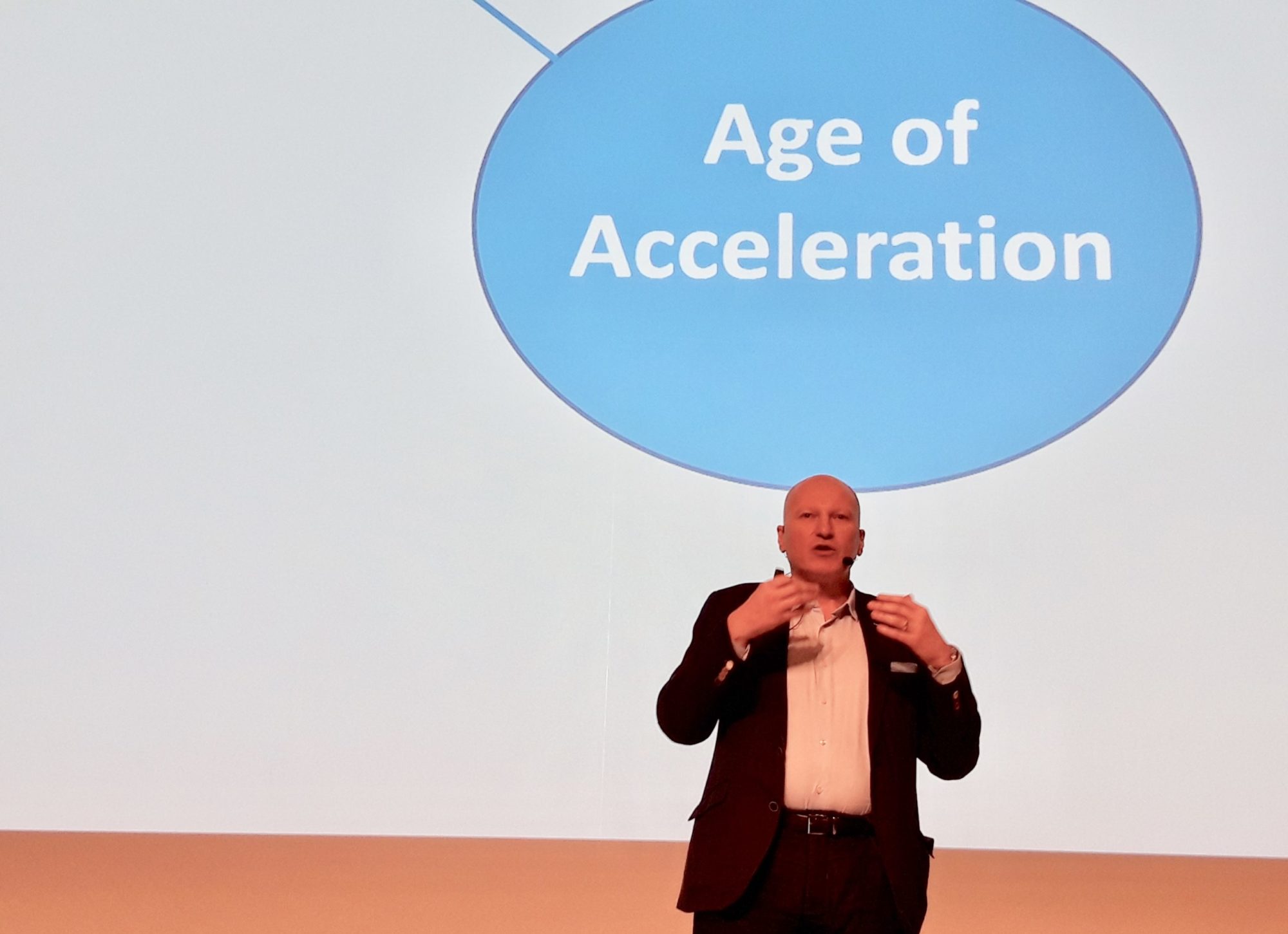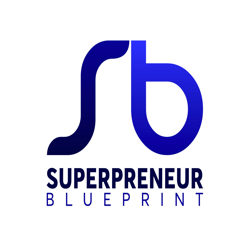Dear Superpreneur,
Today, I had the chance and the honor to meet in person Peter Diamandis. During a tour in Europe, he visited Luxembourg and made a lunch talk about exponential technologies and space. Peter takes the opportunity to give an update about Planetary Resources that Peter co-founded (he is also co-chairman). The basic idea of Planetary Resources is to extract water from asteroids. They aim at using an inflatable mirror to ‘drill’ an asteroid by concentrating sun power … but actually without touching the asteroid!
In-space fuel market based on water is expected to be huge, as it can be read on their website:
H20 will open up a Trillion dollar market in Space.
The present day space economy spends Billions on rocket fuel each year to propel spacecraft into their final orbits and to keep those spacecraft safely in their positions.
Water from asteroids can be broken down into Hydrogen and Oxygen-based rocket fuels in order to meet this growing demand. Strategically placed re-fueling stations can triple the up-mass of GEO-stationary orbit bound rockets, extend the life of telecommunications satellites, and remove hazardous space debris all for a small fraction of current costs.
And water is more than the “oil of space”. In orbit and beyond, water plays a critical role hydrating astronauts, providing oxygen for life support, and serving as a shield against harmful radiation in space.
To date, all water and water-derived resources necessary for spaceflight have been brought from the surface of the Earth at exorbitant expense. Of all constraints to the expansion of humanity off Earth, our dependence on Earth-sourced water is the most limiting. Sustained growth into the Solar System requires use of the local resources. Fortunately, asteroids are the most abundant, accessible source of water in space.
Learn more by reading our blog “The Trillion Dollar Market: Fuel in Space from Asteroids”.
Planetary Resources has calculated that they should have a 20X cost reduction of space fueling thanks to their technology.
As of today, thanks to ground telescopes, they have identified 16,000 NEA’s (Near Earth Asteroids) and they are now busy to funneling this pipeline to select the best candidates for the start of the operations.
The roadmap is to launch 6 spacecrafts on 1 launch by end of 2020. Each spacecraft weights 150kg and 90% of it is done in-house.
Ultimately, Planetary Resources will create a Map of the Resource.
It was also pointed out that some metal dust is also extracted during the process and that it was already demonstrated the possibility to manufacture mechanical parts with laser 3D printers.
Peter concluded by saying
“The most important resource in space will be people … and those people will need resources.”
Don’t you think that this is a very nice conclusion?
Check next posts to know more about these amazing developments in the new space economy.
Build the World You Love!
Fab

